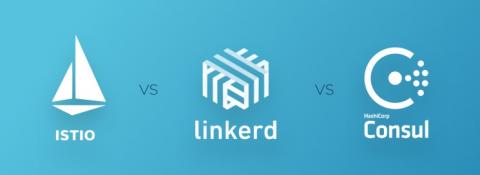Operations | Monitoring | ITSM | DevOps | Cloud
DevOps
The latest News and Information on DevOps, CI/CD, Automation and related technologies.
Migrate Your Windows 2003 Applications to Kubernetes
There’s no one-size-fits-all migration path for moving legacy applications to the cloud. These applications typically reside on either physical servers, virtual machines or on premises. While the goal is generally to rearchitect or redesign an application to leverage cloud-native services, it’s not always the answer.
Kublr 1.16 supports rolling upgrades with zero downtime across clouds and on-prem
When evaluating Kubernetes providers, you’ll quickly see that they ALL support upgrades. But here’s a little dirty secret, no independent Kubernetes multi-cloud, multi-cluster platform supports rolling updates. Instead, you’ll need to deploy a different cluster and replicate your app to ensure service delivery while the original cluster is updated. That process is cumbersome and requires far too many resources.
Scale-Up vs. Scale-Out Storage: Tips to Consider
In the Data Age 2025 report, worldwide data is expected to grow 61% to 175 zettabytes by 2025. The enterprise sector, in particular, generates more than 30% each year. To be ready for a digital future, consider the scaling strategy of data infrastructure beforehand. Scale-up and scale-out are the main ways to add capacity to your infrastructure.
Announcing Stackery-Native Provisioned Concurrency Support
The seamless scaling and headache-free reliability of a serverless application architecture has become compelling to a broad community of cloud specialists. But for those who have yet to become converts, a specific issue related to service startup latency—Cold Starts—has been one of the cited key objections. Fortunately, the serverless marketplace is maturing.
Azure Serverless Services Most Used Findings From Microsoft Ignite 2019
Send Custom HTML Email Notification with Power Automate Outlook Connector
Istio vs. Linkerd vs. Envoy: A Comparison of Service Meshes
In a previous article, we examined service meshes in detail. Briefly, a service mesh takes care of network functionality for the applications running on your platform. As Kubernetes has matured as a technology, service meshes have become a hot topic, with various products being developed to solve the challenges associated with areas like traffic management, security, and observability. This article will compare three service meshes.
A Lesson for Every Startup from Bitcoin's 2017 Outage
In December 2017, significant declines were recorded on the exchange rate of the world’s most popular digital currency—Bitcoin. Investors who wanted to sell their currencies quickly, for fear of further declines, turned to the biggest cryptocurrency stock exchange, known as Coinbase. At Coinbase, they did not seem stressed. Their service was unavailable for several hours, and investors switched to selling their Bitcoins on other exchanges.











